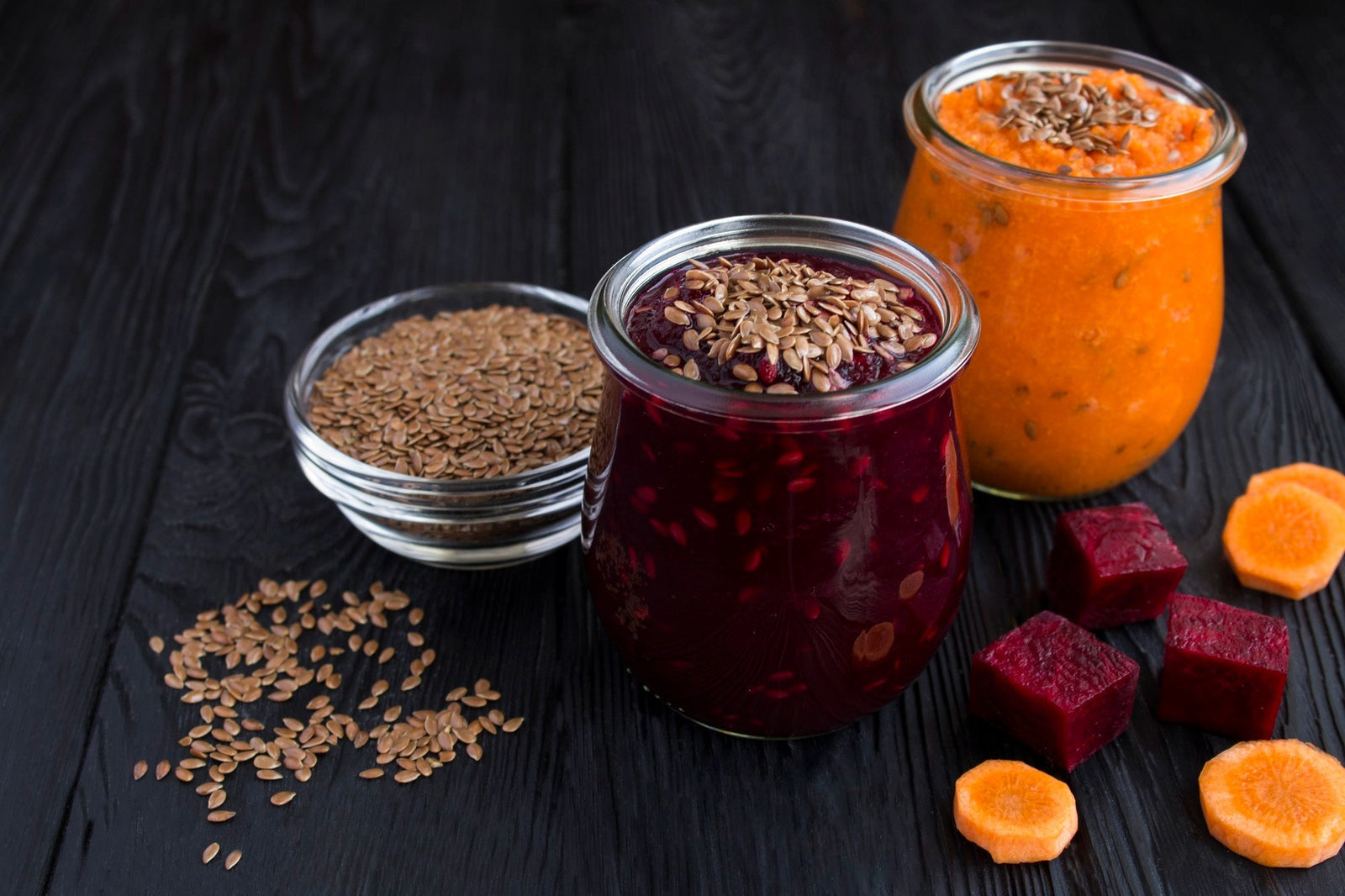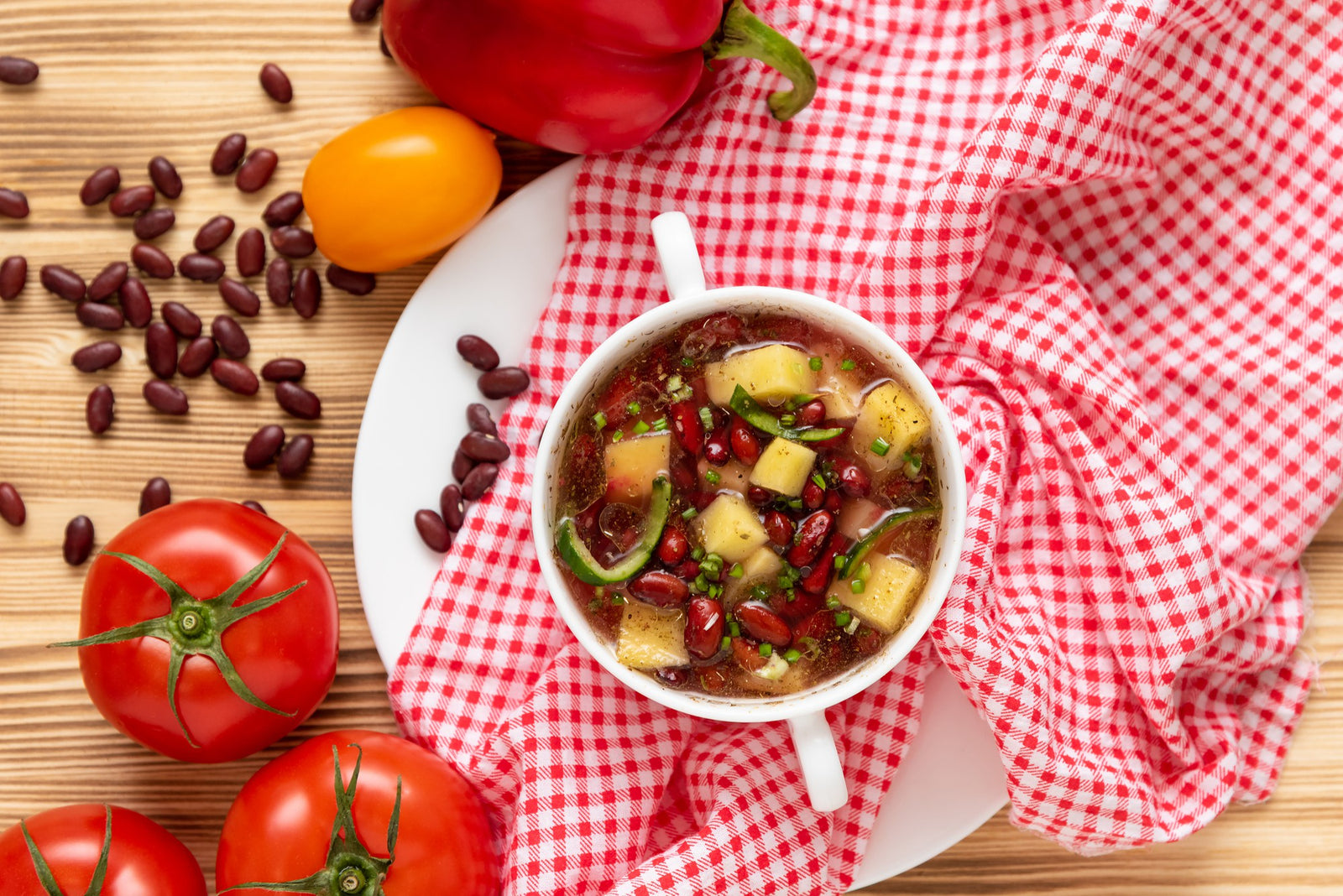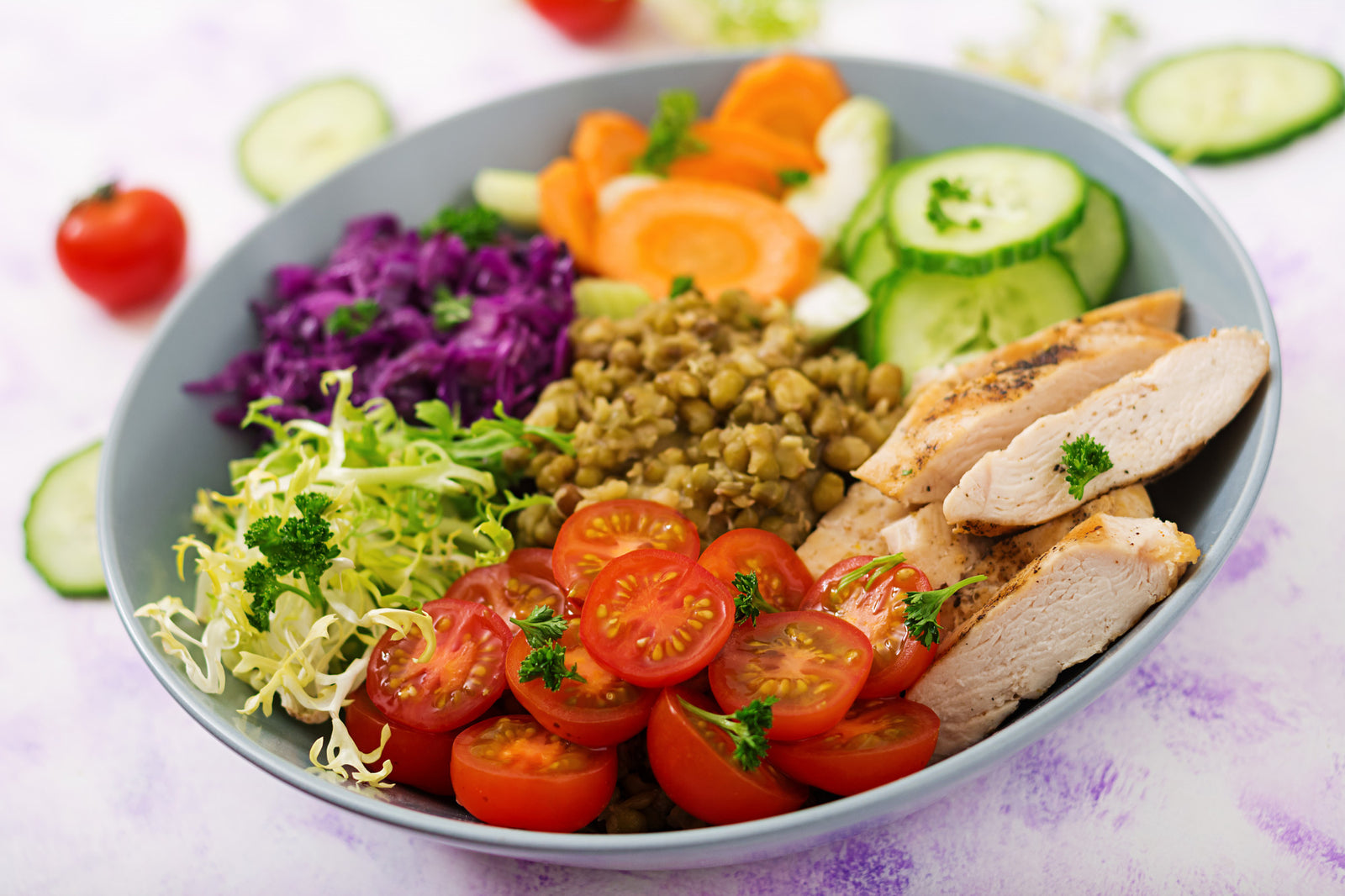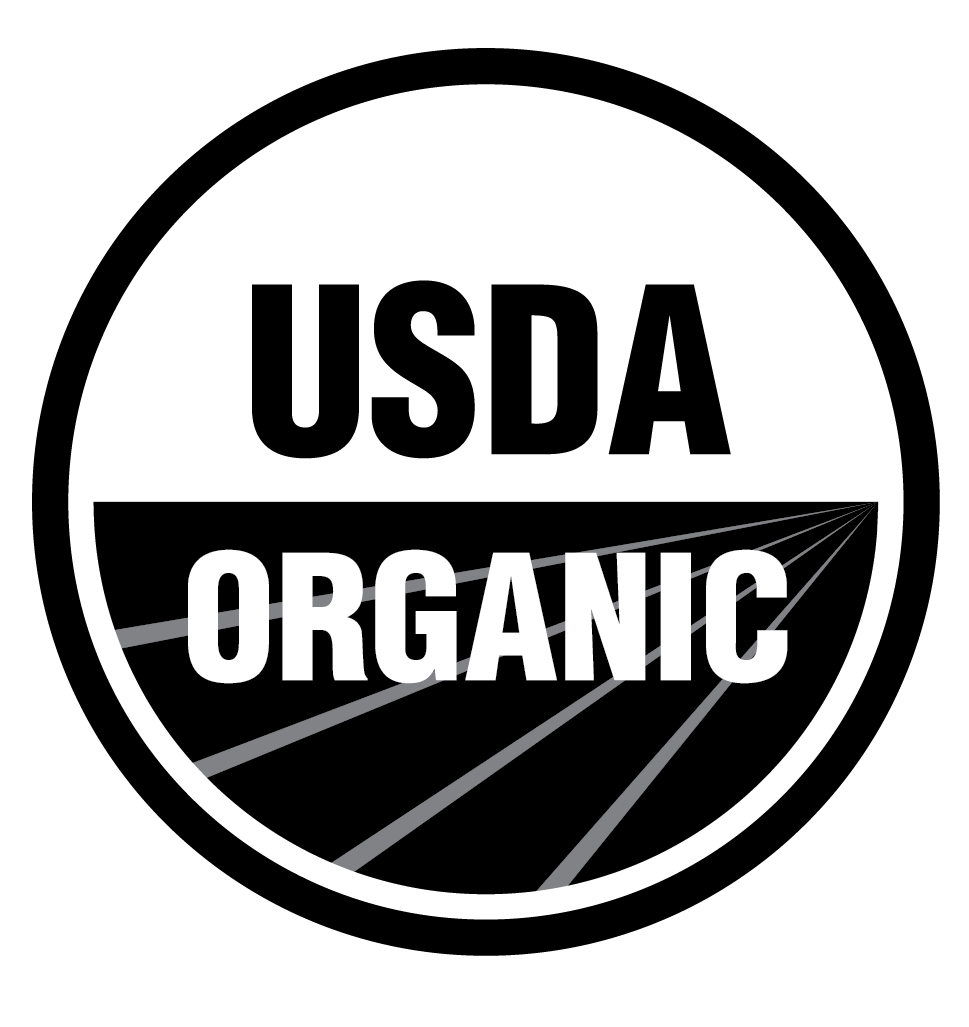
April 26, 2022 2 min read
Couscous is a prevalent native dish in North African and Middle Eastern culture. It is a hearty and earthy pasta-like food made from steamed pea-sized balls of grain, a recipe that has been evolving for nearly a thousand years. What makes this ancient dish tried and true? A complete couscous meal includes all the good stuff—nutrient packed grains, vegetables, and meat (or at least a meat broth). These three simple elements require minimal ingredients and preparation, but will fill you up and keep you going. It’s been said that,“Of all things to be eaten once a day, it’s couscous because it costs little and nourishes a lot.”For this very reason, couscous was an ideal and frequent meal for the poor servant or weary traveller in Eastern Europe during medieval times.1 The value of couscous holds true for us today as well.

Couscous is typically composed of a form of durum wheat that has been separated to make granules called semolina. However, whole wheat couscous can be made from steaming any whole wheat morsels, durum wheat included.2Because couscous is typically made from semolina, which comes from durum wheat, you may be wondering what the difference is between durum wheat and whole wheat. A form of durum wheat would be considered whole wheat if it retained its bran, endosperm, and germ. Each of these components contains important nutrients. The bran is the outer shell of a granule and contains antioxidants, Vitamin B, and fiber. The endosperm is the “meat” of the granule, where the protein and carbohydrates are stored. The germ, which feeds off the nutrients of the endosperm, also contains Vitamin B and protein.3 Thus, in separating durum grain to make semolina, a portion of the grain’s antioxidants, Vitamin B,fiber, protein, and carbohydrates is lost. Because of this, eating whole wheat couscous, rather than semolina couscous, holds greater nutritive value.4 An entire dish of whole wheat couscous is hearty, healthy, and homey, and always a good meal to have at your table.
Thanks for reading this Be Still Farms Blog article. To sign up for more news/articles and/or recipes, click here. For more about us, click here. To shop our certified organic products, click here.
Please comment and share and we look forward to serving you in the future!
Comments will be approved before showing up.

January 27, 2025 3 min read
Flaxseed, the tiny yet powerful superfood, is packed with nutrients that can support weight loss. From curbing hunger to stabilizing blood sugar, this guide dives into the science of how flaxseed can help you shed those extra pounds.

December 11, 2024 3 min read
Discover three quick and easy soup recipes featuring organic small red beans. From a classic vegetable soup to a creamy potato blend, these wholesome recipes are perfect for chilly days and busy weeknights. Packed with flavor and nutrition, these soups will warm your heart and soul this winter!

December 06, 2024 3 min read
This vibrant and nutritious Green Lentil Salad combines tender lentils with grilled chicken, fresh vegetables, and a zesty lemon dressing. Packed with protein, fiber, and essential vitamins, it’s the perfect healthy meal for any time of day.
© 2025 Be Still Farms- Real, Fine Organics.
Privacy | Terms | Refund Policy | Organic Certification
